12+ Best Travel Distribution Channels for Tour Operators

12+ Best Travel Distribution Channels for Tour Operators

What Are Travel Distribution Channels?
Travel distribution channels are the various platforms, networks, and partnerships that tour and activity operators use to sell their experiences and reach travellers. These channels include everything from your own website (for direct bookings) to third-party marketplaces like online travel agencies (OTAs), destination marketing organizations (DMOs), hotel concierges, travel agents, and even platforms such as Google’s “Things to do.”
Each serves as a pathway that connects your tours to potential customers whether travellers are researching online from home, booking through a travel advisor, or discovering activities at their hotel’s front desk. A well-rounded distribution strategy uses a mix of these channels to maximize visibility, diversify where bookings come from, and ultimately fill more spots on your tours.
Tour and activity operators today have more ways than ever to sell their experiences and reach new customers. Relying only on your own website or walk-in bookings can limit your growth. By tapping into a variety of travel distribution channels from OTAs to local partners you can expose your tours to millions of travellers you might never reach otherwise.
However, each distribution channel comes with its own pros and cons. Direct bookings let you keep the full revenue (with no commissions) and give you complete control over your branding. But you’re largely limited to customers who already know about you or happen to find you. Indirect channels, like OTAs or travel agents, can introduce your business to huge new audiences, though usually at the cost of paying commissions on each sale.
The key is finding the right mix of channels in your distribution strategy to maximize both reach and profitability.
According to recent research, OTAs now account for about one-third of all tour and activity bookings, up from just 24% in 2019. This surge highlights how crucial third-party channels have become in the tours and activities sector. OTA share of bookings for tour operators grew from 24% in 2019 to 33% by 2024, underlining the growing importance of expanding beyond direct sales.
Below, we’ll break down 12+ of the best travel distribution channels for tour operators including direct channels, local partnerships, and major OTAs and how you can leverage each. We’ll also cover tips for managing these channels (and how a platform like Zaui can help streamline the process).
Let's dive in...
Direct Distribution vs. Indirect Distribution
Before exploring third-party channels, it’s important to distinguish direct vs. indirect distribution:
- Direct distribution means customers book directly with you. This includes online bookings on your own website, as well as offline sales (phone reservations, walk-ups at your ticket office, etc.). Direct bookings are preferred because you don’t pay commission to anyone else, and you have total control over the customer experience. The challenge is driving enough traffic to your own site or location to keep tours full. If you are looking for advanced tools to help you grow your direct bookings, book a personalized demo with Zaui to walk through those tools.
- Indirect distribution means bookings come through an intermediary,e.g. an OTA, a travel agent, a hotel concierge, a tour wholesaler, or other partner. These third parties market and sell your tours to their customer base, earning a commission or fee on each booking. Indirect channels dramatically expand your reach to travellers who might never find your website on their own. The tradeoff is giving up a slice of revenue (commissions typically range from 10% up to 30% per booking, depending on the channel.
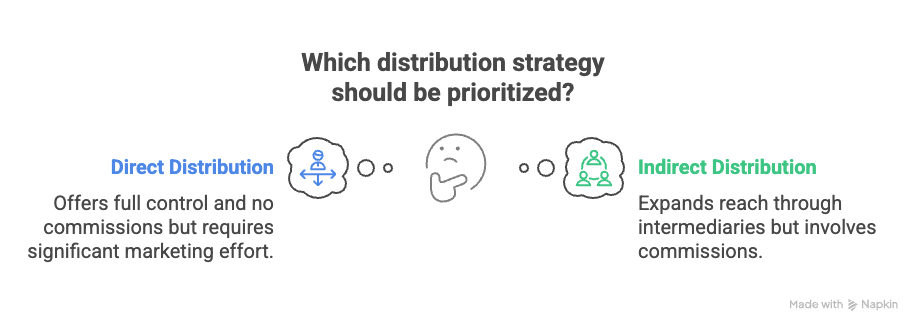
Most operators use a mix of both: maximizing direct bookings where possible, while strategically partnering with indirect channels to access a wider audience. In the sections below, we’ll cover the top direct and indirect channels you should consider.
1. Direct Online Bookings (Your Website)
Your own website is arguably your most important distribution channel. It’s the face of your brand online and the place where customers can learn about your tours and book without any middleman. A user-friendly, mobile-first booking engine on your site lets you convert interested visitors into paying customers on the spot. The benefits of driving more direct website bookings include zero commission fees, full control over your tour listings (description, images, pricing), and the ability to build your brand identity with customers from the first touchpoint.
To maximize direct online sales, invest in search engine optimization (SEO) so travellers find your site when researching things to do), and consider content marketing or social media to attract your target audience. You can also highlight advantages of booking direct (such as best price guarantees or exclusive add-ons) to entice visitors to book on your site instead of elsewhere. Keep in mind that direct channels alone may not generate the volume you want, especially if you’re a newer or smaller operator which is why indirect channels play a crucial role.
(Don’t forget offline direct bookings as well such as walk-in customers or phone inquiries. Make sure your team can quickly confirm bookings and take payment on-site or over the phone. A point-of-sale system such as Zaui can help manage these offline sales alongside your online reservations.)
2. Destination Marketing Organizations (DMOs) and Tourism Boards
Wholesalers like destination marketing organizations (DMOs), tourism boards, and other government or non-profit tourism agencies can be valuable distribution partners. These organizations often promote a region’s tours and activities as part of travel packages or official destination websites. For example, a national park’s visitor center might sell tours operated by approved partners, or a city’s tourism board website may list local tour companies for travellers to book. Working with DMOs and tourism boards can give your business visibility in front of travellers actively planning a trip to your destination.
Many DMOs operate online portals or use global distribution systems to bundle tours with other travel components (hotels, transportation, etc.). If you partner with them, your tours could be included in packages or featured in official marketing campaigns for the destination. Typically, these organizations will either take a commission on any bookings they send you or buy your tour spots at a wholesale rate. The upside is broad exposure and credibility being featured by an official tourism board can signal to travelers that you’re a trusted operator.
To connect with DMOs/wholesalers, start local: reach out to your city or region’s tourism office, attend travel trade shows, or join industry associations where these partnerships are formed. Be prepared to negotiate rates or provide net pricing for wholesale agreements. It may take effort to establish, but a good DMO partnership can funnel a steady stream of visitors your way.
3. Travel Agents and Local Reseller Partners
Traditional travel agents and other local businesses can act as resellers for your tours. Travel agencies (whether brick-and-mortar or online) often look for quality tours to book for their clients as part of trip planning services. By forming relationships with agents either independent travel advisors or agency networks, you can get your tours included in their offerings. In return, agents typically receive an agreed commission for any bookings they generate.
Beyond travel agencies, think about other tourism industry partners who interact with travelers and could sell or recommend your tours:
- Hotels and hostels - (concierges or front-desk staff can suggest local tours to guests and earn a referral fee or commission).
- Resorts and airlines - (some package deals bundle tours with stays or flights).
- Other tour operators - e.g. a company offering city walking tours might partner with a nearby food tour operator to cross-sell each other’s experiences, earning a small commission on referrals.
- Car rental or transportation companies - their customers may be seeking activities to do, providing a cross-sell opportunity.
- Visitor information centers and tourist offices - many have racks of brochures and can book tours on-site for walk-in tourists.
To build a reseller network, network at local tourism events or chambers of commerce, and consider creating a standard agent rate sheet or contract. Make it easy for partners to book you for example, provide a special booking portal or an affiliate code. If you use a reservation system like Zaui, you can even set up agent logins or a B2B booking interface so partners can see live availability and reserve spots directly. These reseller partnerships can significantly extend your reach into traveler markets you might miss online, especially if you operate in a popular destination with many hotels or travel agents.
4. Viator (Tripadvisor Experiences)
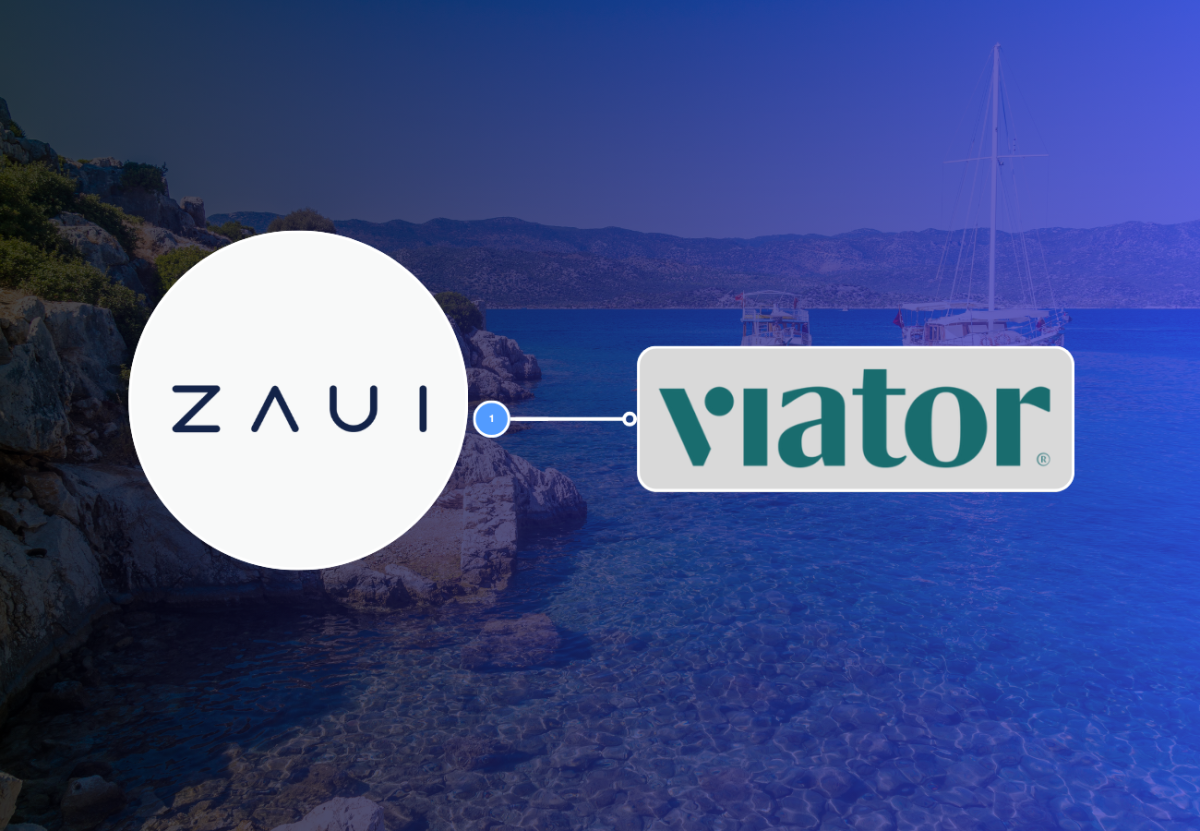
When it comes to online travel agencies for tours, Viator is one of the largest and most important platforms. Viator (owned by Tripadvisor) is a dedicated tours and activities marketplace that attracts huge numbers of travelers researching and booking things to do. In fact, Viator’s marketplace draws an average of 30 million monthly visitors, all looking for tours and travel experiences. Viator’s listings also integrate with Tripadvisor meaning your tours can appear on Tripadvisor’s “Things to do” pages for your destination, leveraging Tripadvisor’s massive audience as well. (Tripadvisor itself gets hundreds of millions of visitors, and many will click over to Viator to book experiences.)
On Viator, you can list your tours for free (there’s no upfront cost; you pay a commission on bookings). It’s known for its global reach Viator features tours in over 1,500 destinations worldwide from standard sightseeing to niche adventures. Travelers trust Viator due to the Tripadvisor reviews integration and Viator’s customer service guarantees. The intent to book is high on such OTAs, since users browsing Viator are often actively planning trips and ready to fill their itineraries.
For tour operators, Viator can become a top sales channel and many report a significant boost in bookings after joining. The key is to optimize your Viator listings: use high-quality photos, detailed descriptions, competitive pricing, and encourage happy customers to leave reviews. While the commission (25%) affects your margins, the volume and exposure from Viator can more than make up for it in the long run. It’s a powerful way to fill your booking calendar and then redirect those customers to book directly next time (via follow-up emails or offering a repeat customer discount on your own site).
5. GetYourGuide
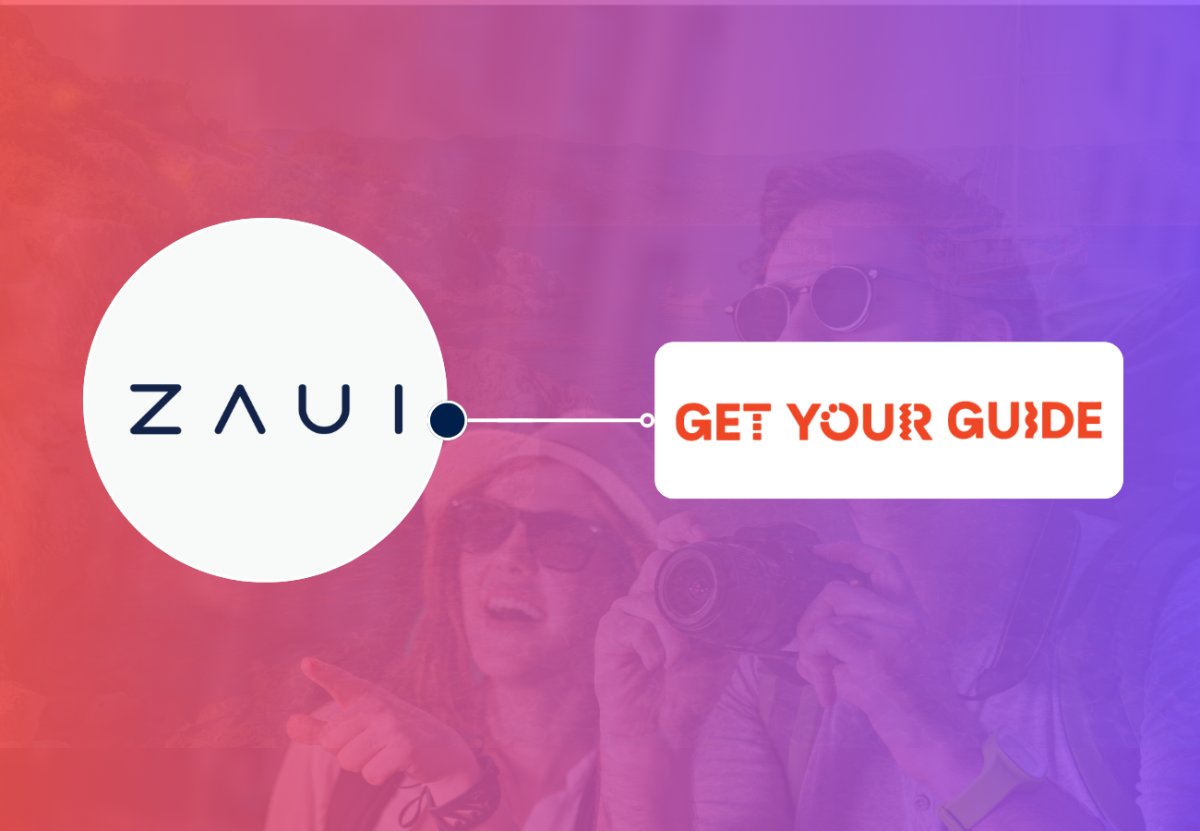
GetYourGuide is another major OTA specializing in tours, activities, and attractions. Based in Europe (with headquarters in Berlin), GetYourGuide has a strong presence across popular destinations worldwide, and it’s a go-to platform especially for European travellers. One of GetYourGuide’s selling points is its emphasis on quality and curated experiences; they often highlight top-rated tours and work closely with operators to ensure good service. The platform has grown rapidly in recent years, claiming to reach a global customer base of over 100 million monthly visitors browsing experience listings
For tour operators, GetYourGuide offers a large international audience and a user-friendly booking interface (including a popular mobile app). They handle payment processing, customer support, and have a review system similar to Viator’s. Listing on GetYourGuide is free; like others, they charge a commission per booking (typically in the 20–30% range, negotiated per operator).
GetYourGuide may also provide marketing perks for example, top partners might get featured in email blasts or on the site’s “curated picks” for a city. As with any OTA, success on GYG comes from optimizing your product page and accumulating positive reviews to rank higher in search results. If you operate in a region popular with European or American tourists, GYG can be a high-converting channel. Many travelers will compare options on both Viator and GetYourGuide, so it often makes sense to be on both to capture those bookings.
6. Expedia and Its Affiliates
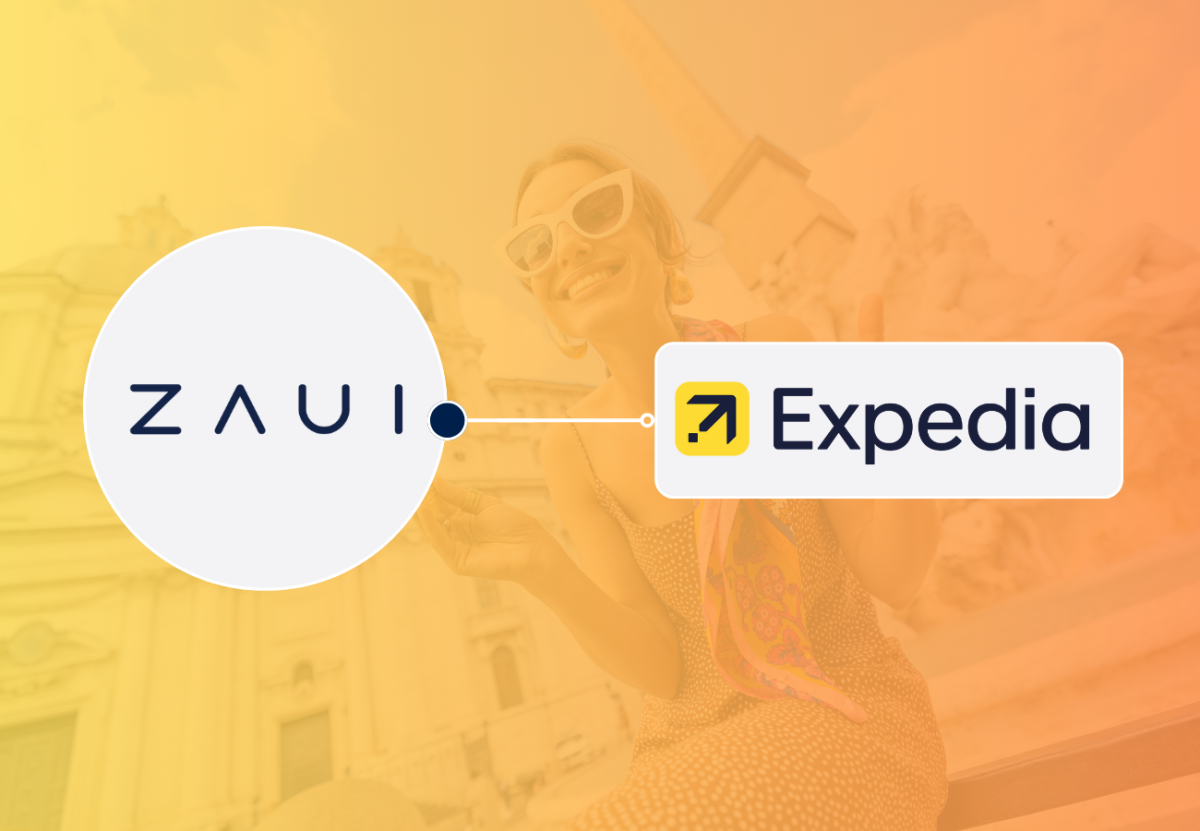
Expedia is a household name in travel, known primarily for flights and hotels but the Expedia Group also distributes tours and activities. Through Expedia Local Expert and related programs, your tours can be sold on Expedia’s website as well as its many affiliate brands. When you partner with Expedia for tours, your products may appear on over 60 travel booking sites in the Expedia network, including Travelocity, Orbitz, Hotels.com, AirAsiaGo and others. This effectively gives you a multi-channel reach through one connection.
The advantage here is tapping into travellers who are booking their trip on a major site like Expedia and want to add on experiences. For example, someone reserving a hotel on Expedia might see a prompt to book a tour at the destination. Expedia’s platform can bundle tours with accommodations or offer them as add-ons, increasing exposure to customers who might not actively search on dedicated tour OTAs.
Working with Expedia usually requires an agreement and setup via their Expedia Partner Central. Commissions can vary; some tour listings on Expedia are actually fulfilled by partner aggregators (like Project Expedition or Viator) behind the scenes. But increasingly, Expedia seeks direct contracts with operators. If you get on board, you gain access to one of the largest travel audiences worldwide. Just be mindful of managing availability and avoiding overbookings, especially if Expedia isn’t integrated into your reservation system you’ll need to update inventory promptly unless you have an automated channel manager in place.
7. Klook
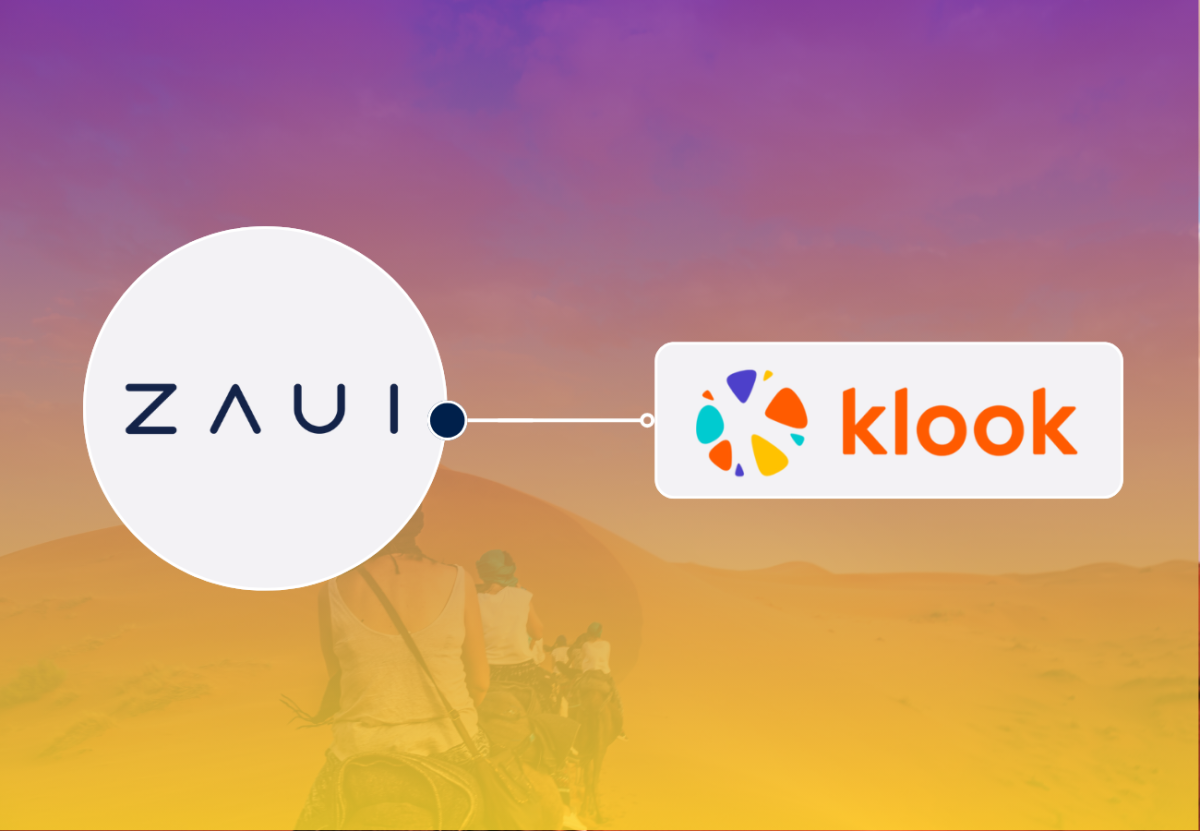
Klook is a major OTA originally founded in Hong Kong and very popular across Asia-Pacific for booking tours, activities, and attractions. It has since expanded its reach globally, with a strong footprint in destinations around the world. Klook is known for its mobile-first approach and often for last-minute bookings, many travellers use the Klook app on the go to find things to do nearby. It caters to a millennial and Gen Z demographic who value convenience and instant confirmation.
For tour operators, Klook can deliver a surge of bookings, especially from Asian markets (China, Southeast Asia, etc.) and increasingly Western markets as well. Klook’s platform supports multiple languages and currencies, making it approachable for international customers. They also often offer promotional discounts or bundles, so be prepared for occasional marketing campaigns that Klook might run featuring your tour (with your agreement).
Connecting with Klook typically involves signing up on their supplier platform and syncing availability (either manually, via API, or through a channel management tool). One benefit of Klook is their emphasis on e-ticketing and smooth entry. For instance, their system allows customers to use QR codes or app vouchers, which can streamline check-in for your tours. If you enable a direct integration (like Zaui’s Klook connection), bookings can flow automatically into your system avoiding the need to re-enter data. Overall, Klook is a strong channel to “supercharge” your distribution in Asian traveller segments and tech-savvy younger travelers globally.
8. Tiqets
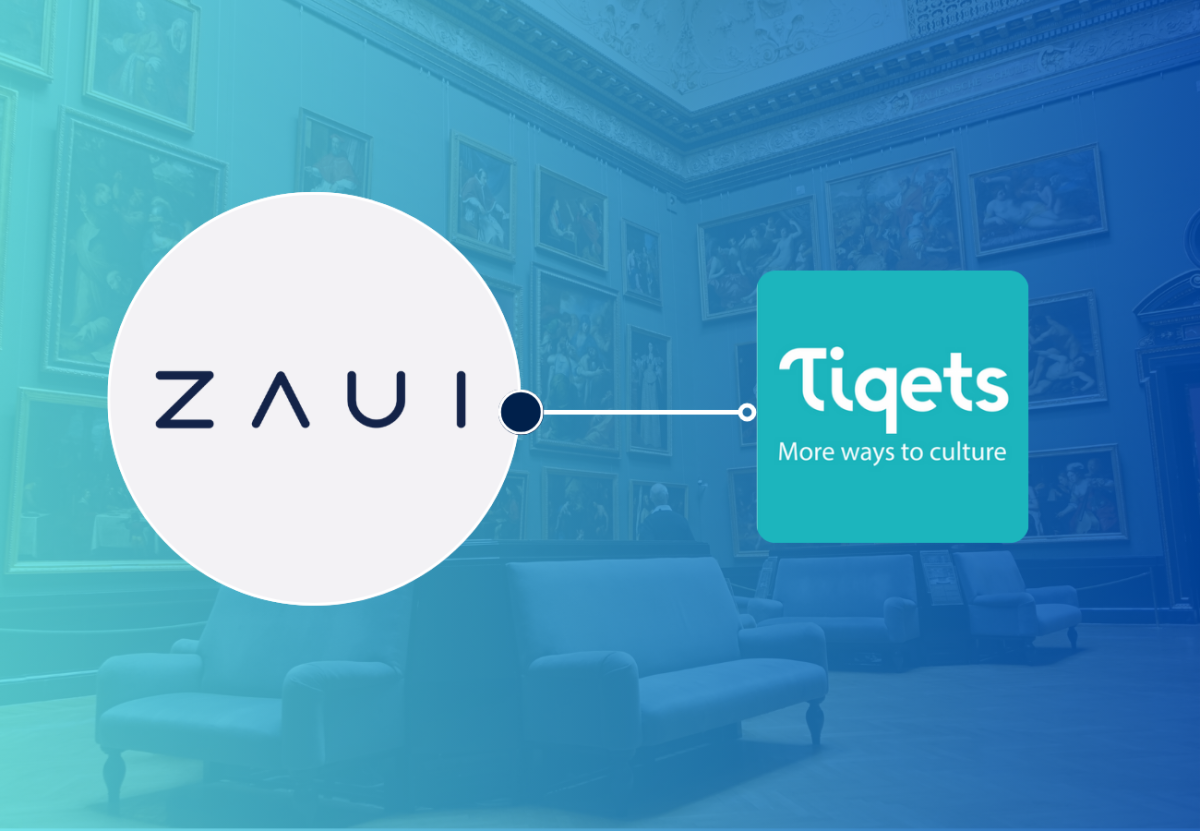
Tiqets is a slightly different kind of OTA that focuses primarily on attractions, museums, and ticketed experiences (though they also list some tours). Tiqets made a name for itself by offering instant booking and mobile tickets to major attractions think skip-the-line tickets to popular museums, theme parks, monuments, etc. If your business includes attraction-type experiences (e.g. a guided tour of a museum or entry to an attraction), Tiqets is a platform to consider. They have a large user base of travelers who prefer to book tickets online in advance to save time.
For tour and activity operators, Tiqets can be useful if you offer any product that resembles an attraction or has guaranteed departures (since many Tiqets users expect instant confirmation). The platform is especially strong in Europe and North America for city tourism. Listing on Tiqets can give your product visibility on their site and app, and they also partner with travel blogs and other channels to resell tickets.
Tiqets typically works on a standard commission model. An integration (through a channel manager) can allow Tiqets to pull live availability from your system so that customers get immediate confirmation. One perk: Tiqets emphasizes a fast check-in process for example, Zaui’s integration with Tiqets can help you “supercharge your customers’ check-in process, meaning the tickets can be scanned or verified quickly. If your target customers include a lot of independent travelers who plan their own sightseeing, Tiqets can generate bookings you might not get elsewhere.
9. Civitatis
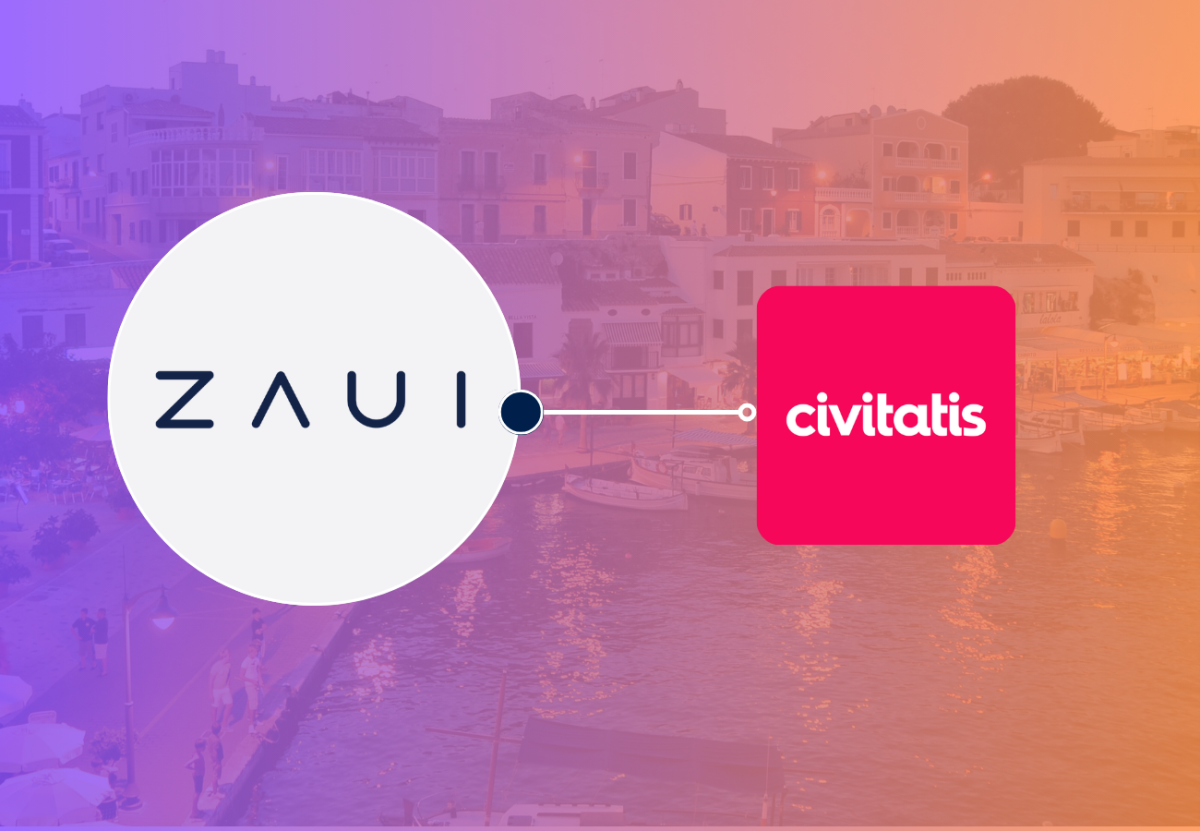
Civitatis is a leading OTA for the Spanish-speaking market. Based in Spain, Civitatis specializes in day trips, guided tours, activities, and transfers worldwide, all offered with Spanish-language content and support. If you can cater to Spanish-speaking travelers (from Spain, Latin America, or US Hispanics), Civitatis is a key channel to be on. It’s essentially the Viator/GetYourGuide equivalent for that audience, with a very strong brand presence in Spain in particular.
Tour operators partnering with Civitatis will have their products translated and marketed to Spanish customers. Civitatis often works directly with operators or through local partners to ensure tours have Spanish-speaking guides or language options, since their customer base expects that. They have over 3,500 activities in dozens of countries and a loyal user base who prefer booking in Spanish. As an OTA, Civitatis charges commission on bookings (comparable to others).
Being on Civitatis can help diversify your customer mix you might start seeing more guests from Spain or Mexico on your tours, for example, after listing there. The signup is done via their supplier portal or via channel manager integration. Zaui offers a direct connection to Civitatis which simplifies managing those bookings. If you have Spanish-language tour content or can provide guides who speak Spanish, this channel can unlock a large segment of travelers who might not discover you on English-focused sites.
10. Tripster
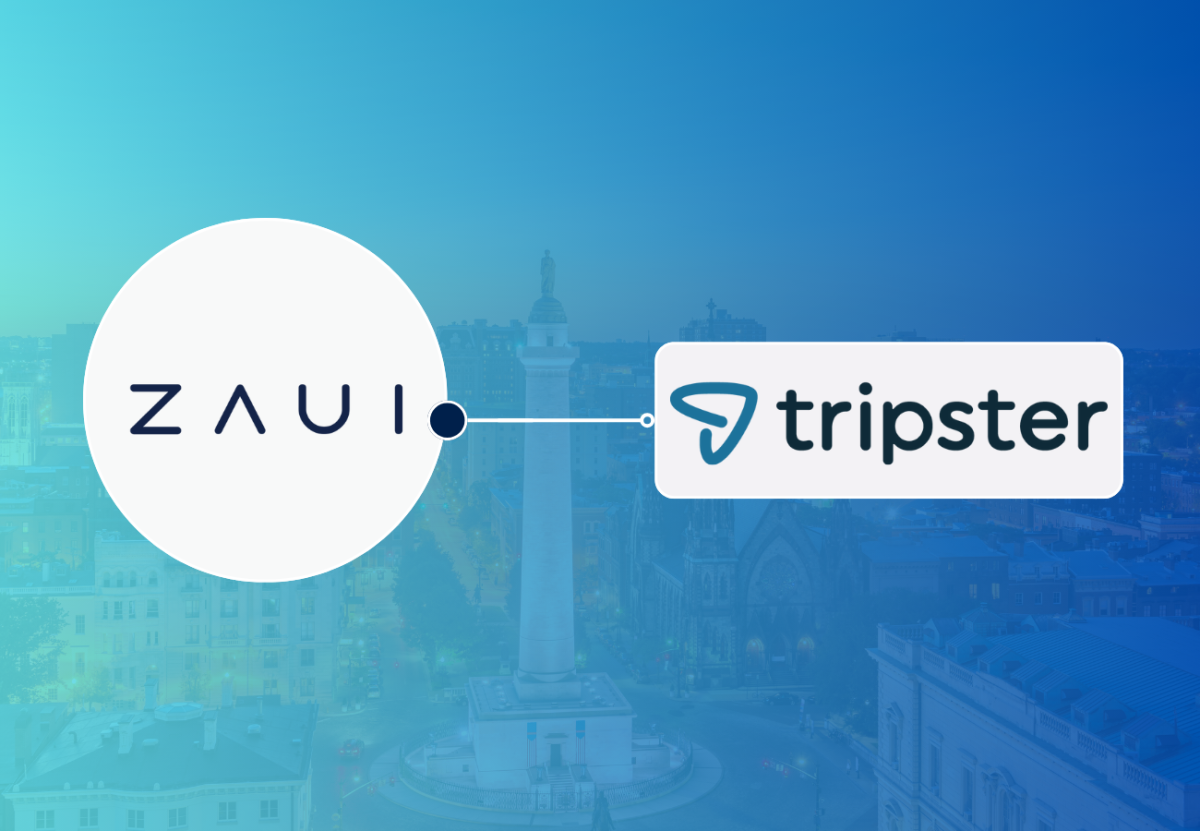
Tripster is a well-established U.S.-centric OTA specializing in tours, attractions, and activity bundles. It's distinct from multi-day tour platforms like TourRadar, focusing instead on flexible itineraries, attraction tickets, and single or multi-day local experiences across more than 30 destinations including major U.S. cities like Orlando, New York, Los Angeles, and Gatlinburg.
Key Highlights:
- Integrated with Zaui: Zaui’s OCTO-compliant API allows real-time inventory sync and instant booking confirmations no manual updates needed.
- Whole-trip bundling: Tripster allows operators to bundle lodging with tours or attractions, enabling packaged bookings and higher average order values
- Flexible pricing tools: Their extranet supports dynamic rates, promotions, and packaging options giving operators pricing and inventory control
- Broad reach in U.S. markets: With over 3 million travellers in its database and a focus on high-demand U.S. destinations, it’s ideal for operators in those regions.
Why include Tripster?
- Complements traditional OTA distribution with strong U.S. market coverage.
- Supports flexible itinerary creation without needing longer, packaged tours.
- Seamless integration with Zaui reduces double-booking risk and saves setup time.
11. Google Things to Do
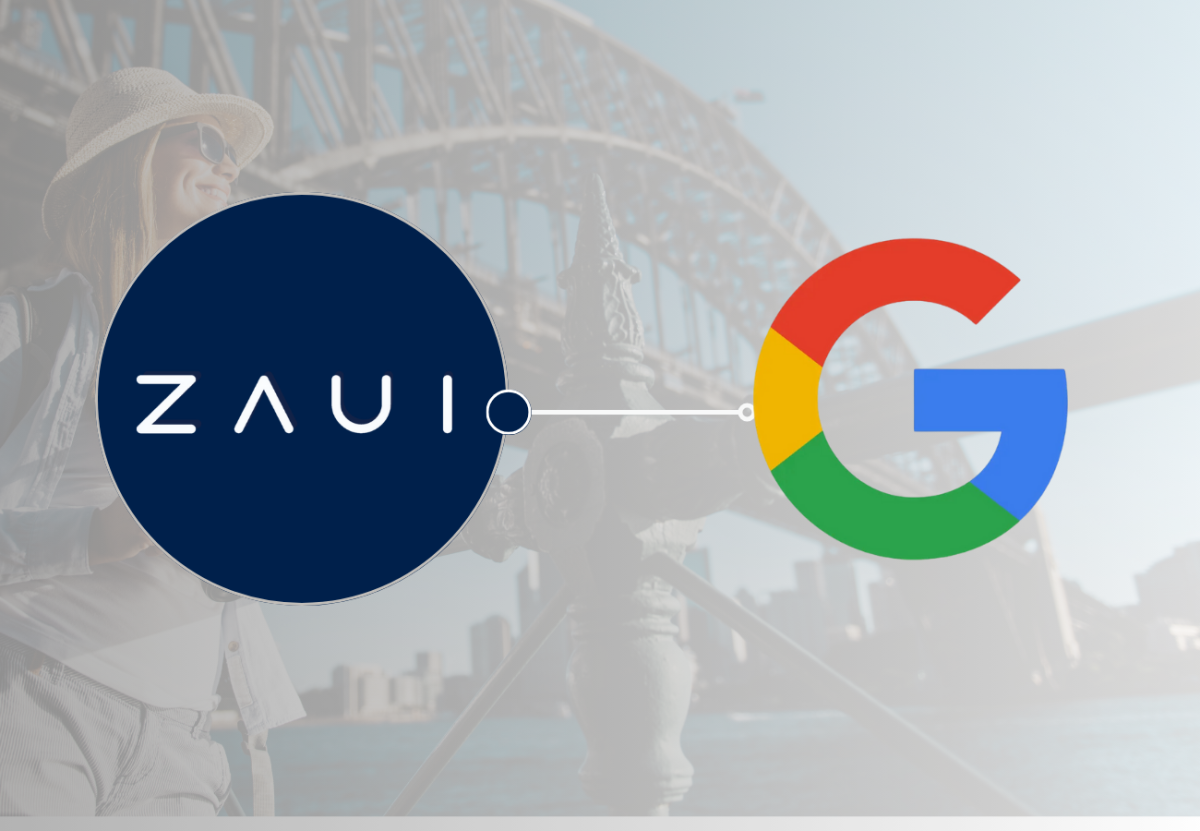
The last channel on our list isn’t a traditional OTA or reseller, but it’s increasingly influential: Google’s “Things to do” feature. Google Things to do is essentially Google’s own discovery tool for tours, attractions, and activities, integrated right into Google search results and Google Maps. When a user searches for a landmark or attraction (for example, “Eiffel Tower tickets” or “bike tours in Rome”), Google often displays a snippet titled Activities & Tours with options and prices. These listings can include direct links to book with the provider or via an OTA.
The great advantage of Google’s Things to do program is that you can get direct bookings through Google, it allows eligible tour and activity operators to show a “Official Website” booking button that leads the customer straight to your website (or booking system), commission-free. Google charges no commission for basic listings; they do offer a paid option to boost visibility, but the standard listing is free via Zaui. In essence, Google is acting as a meta-search or referral channel, sending the guest to you to complete the booking, which can save you the OTA commission cut.
To leverage this channel, you typically need to work with a connectivity partner or your reservation software if they support Google’s Things to do. Many booking software platforms (including Zaui) allow you to integrate with Google Things to do easily, verifying your business and syncing your tour inventory so that your offerings show up in relevant Google searches. Considering the sheer volume of travellers who use Google to research their trips, getting your tours into the Things to do listings can be transformational. It puts you front-and-center at the exact moment someone is searching for experiences in your area. And since those bookings can go straight to your website, you keep the full revenue (aside from any payment processing fees). It’s a no-brainer to enroll in this program once you have the capability.
(Note: Google’s Things to do replaced the older “Reserve with Google” initiative and has been expanding in scope. Ensure your content (pricing, availability) is up to date, as Google will compare multiple sources, if an OTA offers your tour, their listing might appear alongside yours. Having your direct listing visible (often labeled as Official Site) helps you compete with OTA offerings right on the search page.)
12. Other Niche and Emerging Channels
Beyond the major channels above, there are many niche or regional distribution channels you might explore depending on your market. For example:
- Musement: A Europe-based OTA (now part of TUI Group) with a strong presence in attractions and city tours.
- Veltra: A Japan-headquartered OTA popular in Asia, offering tours globally (especially good for targeting Japanese travelers).
- Headout: An up-and-coming platform focusing on attractions and tours, known for its mobile-focused, last-minute deals in major cities.
- Project Expedition: A marketplace that serves both consumers and travel agents, often used by agents to book tours for clients.
Each of these channels can provide incremental bookings and reach specific customer segments or geographies. The best approach is to research which platforms are popular for your destination or type of experience and consider joining those that align with your business. Just remember to balance the effort it’s usually wise to start with a few key channels that have the highest impact, then expand gradually.
Pro tip: Keep an eye on emerging distribution trends, such as experiences offered through airline or hotel booking paths, or collaborations with subscription travel clubs. The distribution landscape is always evolving, and staying informed via industry resources (e.g., Arival reports, trade publications) can highlight new opportunities to get your tours in front of more customers.
Tips for Crafting a Winning Distribution Strategy
With so many channels available, how do you decide which to use? Here are a few tips for tour operators to maximize bookings while maintaining sanity:
- Choose the Right OTAs and the Right Reservation System to Support Them
If you’re new to indirect sales, start by partnering with one or two major OTAs like Viator or GetYourGuide that align with your market. These platforms often bring the quickest boost in bookings. Track their performance over a few months if one underperforms, you can easily pivot to another.
But this flexibility hinges on your reservation system. Without built-in integrations to the OTAs you want to work with, switching or expanding can become a technical and operational headache. That’s why many operators turn to Zaui. With connections to 30+ leading OTAs already established in its marketplace, Zaui makes it seamless to scale, diversify, and manage your distribution strategy all from one place.
Interested in seeing how it works? Book a personalized demo with Zaui’s team to explore how you can streamline operations, grow bookings, and keep your tours and activities running smoothly.
- Mind the commissions and fees: Incorporate the commission rate into your pricing strategy. You may need to adjust your tour prices on OTAs so that after their cut, you still earn a sustainable margin. (Make sure to adhere to any parity policies; some OTAs require the same or lower price as your direct rate). Also be aware of any upfront fees the major OTAs don’t charge listing fees, but a few channels might have setup fees or monthly costs.
- Ensure content consistency: Your tour descriptions, photos, and availability should be up-to-date across all channels. Inconsistent info can lead to customer confusion or disappointment. It helps to maintain a master copy of your content and use tools or integrations to update multiple platforms at once.
- Leverage reviews and social proof: Many distribution channels prominently display user reviews. Encourage your guests to leave reviews on whichever platform they booked. A tour with excellent ratings will rank higher and convert better. Also, highlight any badges or awards (like TripAdvisor’s Traveler’s Choice or Viator’s Badge of Excellence) on your listings – they build trust.
- Don’t spread yourself too thin: It’s not necessary to be on every channel. Focus on those that tap into different audiences (for example, a couple of OTAs, a couple of key resellers, plus Google). Each new channel adds some overhead in terms of setup and maintenance. Only expand to a new channel if you’re ready to manage it or if you have automation in place.
- Track bookings by source: Use whatever reporting tools you have (channel reports, Google Analytics, or your booking system’s reports) to track where your bookings are coming from. This will show you your most effective channels. You might find, for instance, that Viator and direct web bookings drive 80% of your revenue, whereas a smaller OTA brings very few bookings insight that could guide where to invest your energy.
- Maintain great relationships: For channels involving human partnerships (agents, hotels, DMO officials), nurture those relationships. Prompt communication, reliability, and maybe the occasional gesture (like fam tours or small thank-you commissions) go a long way in keeping partners motivated to send business your way.
Managing Multiple Distribution Channels (and How Zaui Can Help)
As you join more sales channels, one challenge is managing them all efficiently. Each channel might have its own reservations system or notification process. Manually logging into multiple extranets daily to check for new bookings then updating your availability on every other channel can become a full-time job (and is prone to error). Overbooking becomes a risk if two different channels sell the same slot and your availability isn’t synced in time.
This is where a channel manager or an integrated booking system is invaluable. A channel manager is a tool (often part of your reservation software) that connects all your distribution channels to a central location. When a booking comes in from one channel, it automatically updates your inventory on all other channels, preventing double-bookings. It also allows you to control all channels from one place. For example, you can close out dates or adjust prices across all platforms in one action.
Zaui’s tour operator software includes a robust Channel Manager solution that provides centralized control over your distribution network. With Zaui, you can connect directly to major OTAs and partners through the Zaui platform meaning bookings from Viator, Expedia, GetYourGuide, etc., will flow right into your system in real time. Your availability, pricing, and bookings stay in sync across channels automatically. You can even set rules for each channel (such as allocating a certain number of spots to an OTA, or pausing a channel during peak season if you want to prioritize direct sales).
For example, Zaui offers direct integrations with channels like Viator, GetYourGuide, Expedia Local Expert, Klook, Civitatis and many more, as well as a supplier-to-supplier marketplace for connecting with local partners. This means less time on administrative tasks and more time delivering great experiences.
In short, investing in a good booking system or channel manager is crucial once you’re juggling multiple distribution channels. It saves you time, reduces errors, and ensures you never have to turn away a customer due to accidentally selling out a spot twice. It also creates a single source of truth for your business. Managing everything from one dashboard will give you a clearer picture of your operations and channel performance.
Conclusion: Expand Your Reach, Grow Your Business
The travel distribution landscape for tour operators is rich with opportunities. From direct bookings on your website to partnerships with agents and listing on global OTAs, each channel can play a part in your growth strategy. By leveraging a mix of these 12+ distribution channels, you can reach travellers you wouldn’t find on your own, fill more tour slots, and ultimately increase revenue. Yes, it requires effort optimizing listings, maintaining partnerships, and managing multiple sales streams but the payoff is a resilient business with a diversified customer base.
Remember, the goal is to meet travellers where they are planning and booking. Millions are on OTAs searching for tours right now, others are asking hotel concierges upon arrival, and many are googling “best things to do in (Your City)”. Ensure your tours are visible in all those places. Then, focus on delivering an excellent experience so that the customers you gain turn into repeat direct bookers and ambassadors for your brand.
Finally, equip yourself with the right tools to handle this growth. A platform like Zaui can centralize your bookings and distribution channels, so you stay on top of everything without breaking a sweat. With Zaui’s channel management, you’ll avoid double-bookings and save countless hours that you can reinvest in your tours and customer experience.
Ready to boost your bookings and streamline your operations? Zaui’s tour reservation system is built to help tour and activity operators succeed in a multi-channel world. Get started and join the many businesses using Zaui to connect with leading distribution channels and grow their tour bookings effortlessly.
Give these distribution strategies a try, and watch your tour business reach new heights! Here’s to filling up your tours and welcoming more happy travellers through your doors.
Related Posts

How Bus Travel and Ticketing Services Are Going Digital: A Look at the Modern Passenger Journey
Discover how Bus Travel and Ticketing Services are going digital for a smoother, smarter passenger journey. Explore the latest innovations today!

Zaui’s New Booking Policy Toolkit: Flexible Cancellations, Smarter Revenue Protection
Should you add a booking fee? Discover how this strategy can impact your revenue and customer satisfaction in our expert analysis.


Frequently Asked Questions
No. Zaui’s pricing is fully pay-as-you-go. You aren’t locked into any long-term contract. In fact, leading platforms emphasize this flexibility. Similarly, Zaui lets you start and stop anytime. You can change or cancel your plan freely, so you only pay for what you use.
Absolutely not. Zaui’s pricing is 100% transparent. We disclose all fees up front with no surprise add-ons or “sneak-in” charges. In fact, Zaui’s plans include all core features “without additional fees”. Industry experts note that hidden fees undermine trust so we avoid them entirely. All costs are clearly outlined in our pricing, and there are no extra setup charges or undisclosed surcharges at checkout.
Zaui integrates with major payment gateways (e.g. Stripe) so you only pay standard credit-card processing rates (roughly 1.9%+$0.30/transaction) and we don’t mark them up. Only the published platform commission is added on bookings. You also have full control over who pays the commission, we let you decide whether to absorb booking fees or pass them on to customers. In short, you’ll only pay the transparent booking commission and normal gateway fees, nothing extra.
Your onboarding and support are included in the price. We provide white-glove setup help and ongoing 24/7 support at no additional cost. Our dedicated customer-success team will guide you through every step, ensuring a smooth launch. You won’t pay extra for training or service other than the onboarding fee; it's all built into your plan.
You can schedule a free demo with our team. Our Zaui ninjas will walk you through pe how Zaui can work for your business and highlight opportunities to grow with our advanced features all without any upfront payment. This way, you can feel confident it’s the right fit before making a commitment.
Of course. Zaui’s plans are fully flexible. You can upgrade or downgrade at any time to match your needs, without penalties. You can move to a higher tier or back down easily, and your billing adjusts automatically.
No. Zaui does not charge its commission on offline/manual bookings. “No fees on offline bookings” You only pay the commission when a booking is processed online through our system. Manual reservations (or bookings from partner channels we set up for you) incur no extra platform fee. (30% or less)
All of Zaui’s core features are included in your plan at no extra charge. We believe in value and transparency: Zaui provides over 15 advanced features (Google Things to do, reporting tools, marketing tools, reports, etc.) at no additional cost. Many competitors charge extra or require higher plans for the same features, but with Zaui you get the full suite of tools in one package. Any optional add-ons (if any) will always be clearly listed and optional there are no surprise paid upgrades for standard features.
Each Zaui plan is designed for clarity and fairness, following industry best practices. You can trust that our pricing is transparent and flexible, with the support you need built in.
Extra accounts- unlimited agents, resellers, user




